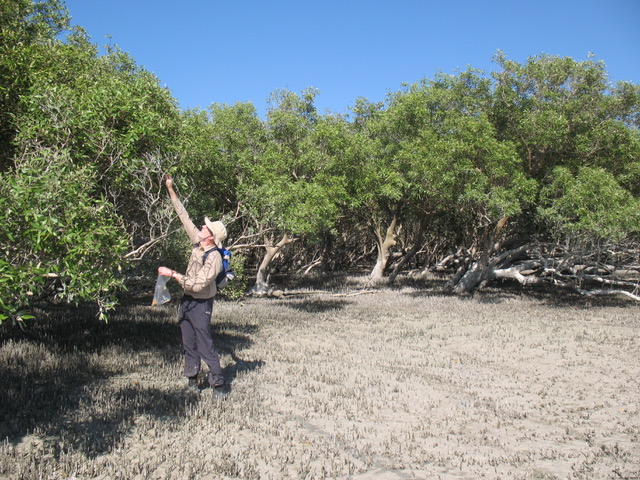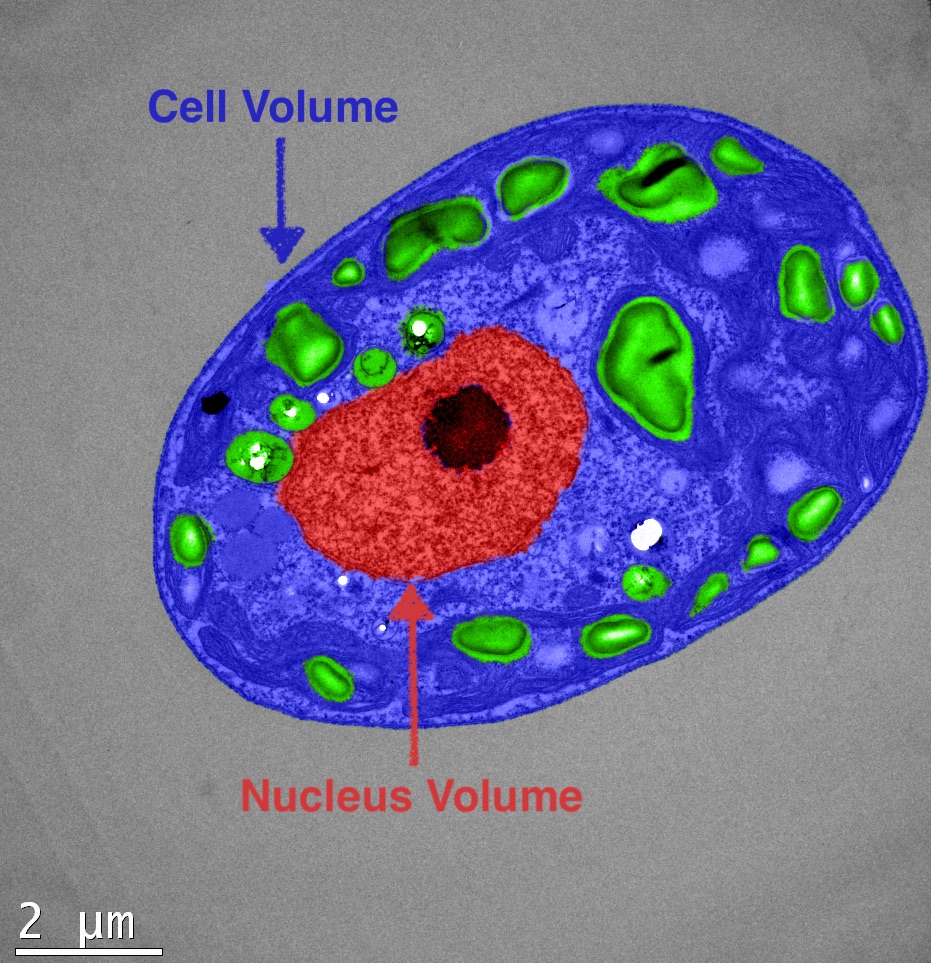A new study published in Evolution Letters tests whether reinforcement plays a role in the divergence of mating preference and genital morphology during speciation. Here, author Dr Mauricio Montano-Rendon explains what they found.
There is usually more than one way to go about most things in life. Choosing a mate is certainly one of them, with at least two options: randomly or non-randomly. In the second option, for instance, a preference for a particular size, shape, colour, sound or smell may influence the choice of mate. Additionally, such a non-random way of mating does not stay the same throughout time, but can change into new mating patterns like, perhaps, when a wider variety of mates becomes available. Studying how non-random mating evolves is crucial to our understanding of the processes whereby populations evolve to become distinct species, that is, the process of speciation. The reason for this is that when there is a genetic predisposition for choosing one type of mate over all others, and this preference is passed on to the next generations, then eventually that difference in preference will form groups that no longer mate with each other. As time goes by these groups could become distinct species.
Apart from mating patterns, there are other reproductive characteristics that can also have an impact in the process of speciation. One of these is genital shape. Here the impact may be after mate choice, determining whether mating will lead to successful fertilisation. It has previously been observed that differences in such reproductive characteristics, both mate choice and genital form, are commonly more pronounced between closely related groups that coexist in the same region as opposed to those whose ranges do not overlap. For example, choosing the right type of mate (that is the one you are genetically predisposed to choose and that gives you more fit offspring) is easier when you live surrounded only by the right type of mate; whereas if you live amongst two or more types of potential mate then making the right choice is easier if the alternative types of mate differ more strongly. The expected pattern, greater divergence in reproductive traits in areas of range overlap, is known as reproductive character displacement.
Now, the really interesting bit is finding out how this pattern arises in the first place, and discriminating amongst the different possible causes is no simple task. In our new article we address this fundamental problem using a multidisciplinary approach. We think this provides an unusually complete example where we aim to distinguish among three hypothesised processes that could lead to a pattern of reproductive character displacement.
Our study system was a pair of snail species, Littoraria cingulata and L. filosa, native to the coastal mangrove forests of Australia. These are sister species, each-others’ closest relatives. In the case of our snails, they are recently-formed and evolved separately, in geographic isolation, and later on met each other again as their ranges expanded after the last glaciation. The two species occur in separate geographical areas, having only one region where they both currently coexist. A previous study showed that they differ more in genital form than other sister-species pairs in the same family that do not have overlapping distributions. But, we did not know there was a greater difference in genital form in this area of overlap than where only one species is found, nor did we know how reliably the species could choose the right mate, either in the overlap area or outside.

In the field, we conducted nearly one thousand one-to-one mating trials systematically combining snails from different species and regions. We then recorded behaviours such as the male mounting the female and penis insertion, and timed them. The longest copulation was 700 minutes (over 11.5 hours)! Several variables concerning the penis shape were also measured. This was all a bit hard to explain to local people we met on the Australian coast!

We found a clear pattern of assortative mating being strongest between populations of the two species from the overlapping geographical area compared to all other combinations. This is the expected pattern of reproductive character displacement for mating. However, we could not demonstrate the same regarding penis shape: although the species differ, they are no more different overall in the area of overlap.
Our three hypotheses to explain reproductive character displacement were reinforcement, reproductive interference or the ‘Templeton effect’. Reinforcement is the evolution of stronger assortative mating or fertilisation, and so stronger reproductive isolation, as a result of selection caused by the low fitness of hybrids. By contrast, reproductive interference is a process of divergence between species caused by selection to avoid wasting of reproductive effort on matings that will generate no offspring. Therefore, the key distinction between these two processes comes from answering the question: at the time when our two young species met each other again, did they reproduce with each other and exchange genes?
The Templeton effect suggests that populations within each species diverged in mating behaviour or penis form before the two species came into contact. When contact happens, it may be easier for the two species to coexist if they do not waste effort and gametes on interspecific matings. This can generate a ‘filter’ that only allows coexistence between more divergent populations, producing the same pattern of reproductive character displacement as the other two processes.
To distinguish between reinforcement and reproductive interference, we turned to DNA sequencing and modelling of the history of the populations. Cutting a long story short, the genetic data were consistent with an historical model of geographic separation during the initial divergence of the two species and then some divergence between populations within species, but not with any gene flow after renewed contact between the two species. This rules out reinforcement, which requires at least some gene exchange following contact. However, we did find a first generation hybrid between the two species. This is consistent with mating interactions and so with the selection pressure needed to generate reproductive character displacement by the process of reproductive interference.
The Templeton effect is hard to exclude. Our mating and penis shape results suggest little divergence between populations within species in either the separate or overlapping parts of the range. The genetic data suggest continuous gene flow between populations within species. All of this argues against the divergence necessary to drive the Templeton effect but cannot rule it out.
Many aspects of the process of speciation remain controversial. A role for reinforcement is now widely accepted but it is still very uncertain how often it contributes to the speciation process or how important it is in the evolution of reproductive isolation. While reproductive character displacement is a common observation, it is only when we can separate its possible causes, as in our mangrove snails, that this observation helps to determine how speciation occurs.
Dr Mauricio Montano-Rendon is an evolutionary biologist interested in the processes shaping biodiversity and leading to the formation of new species. The original study is freely available to read and download from Evolution Letters.

